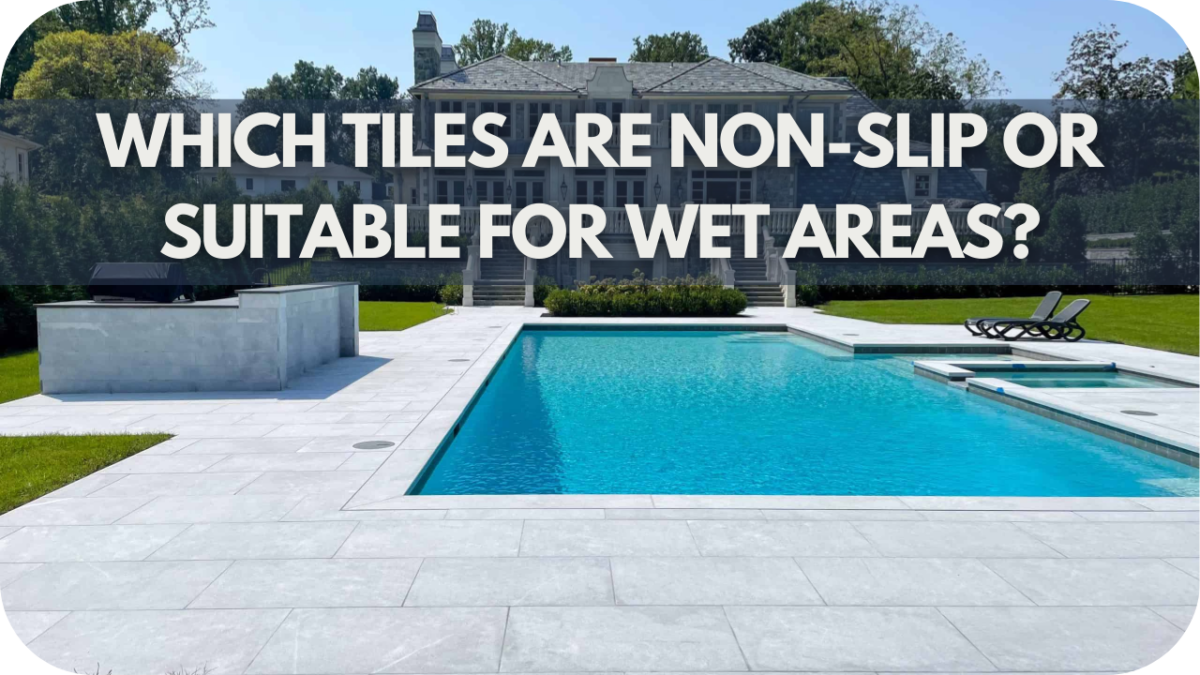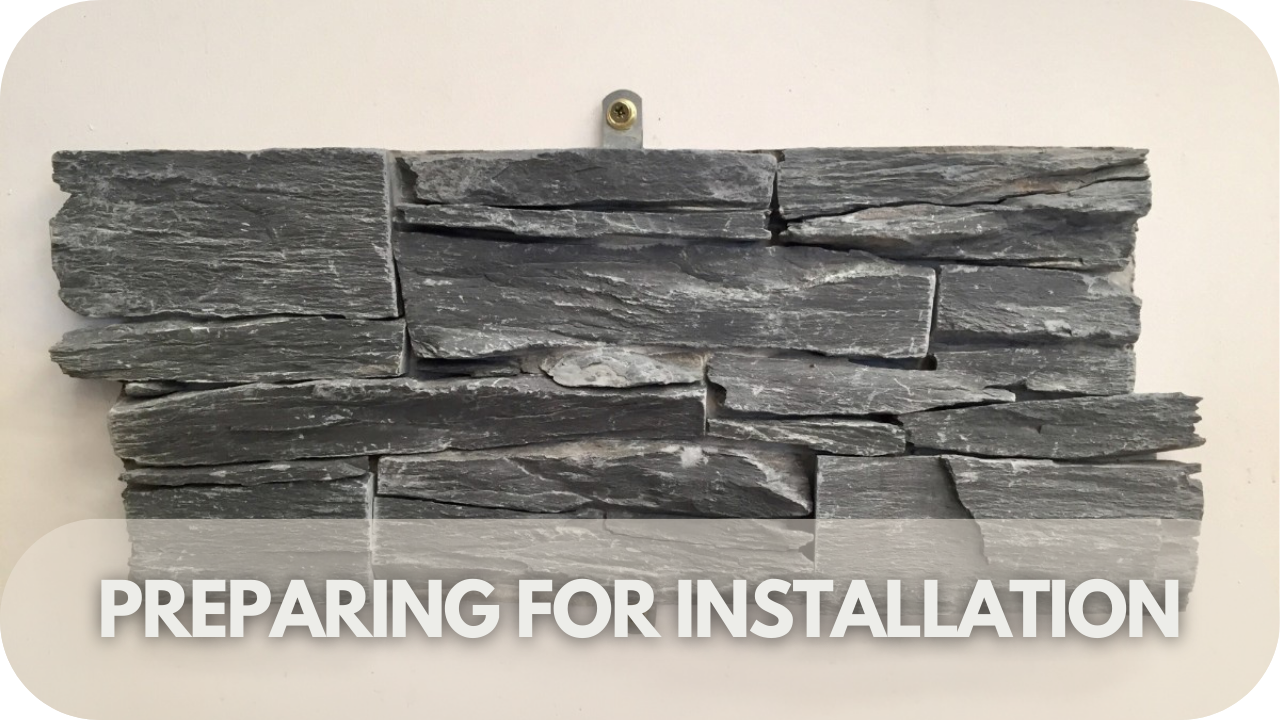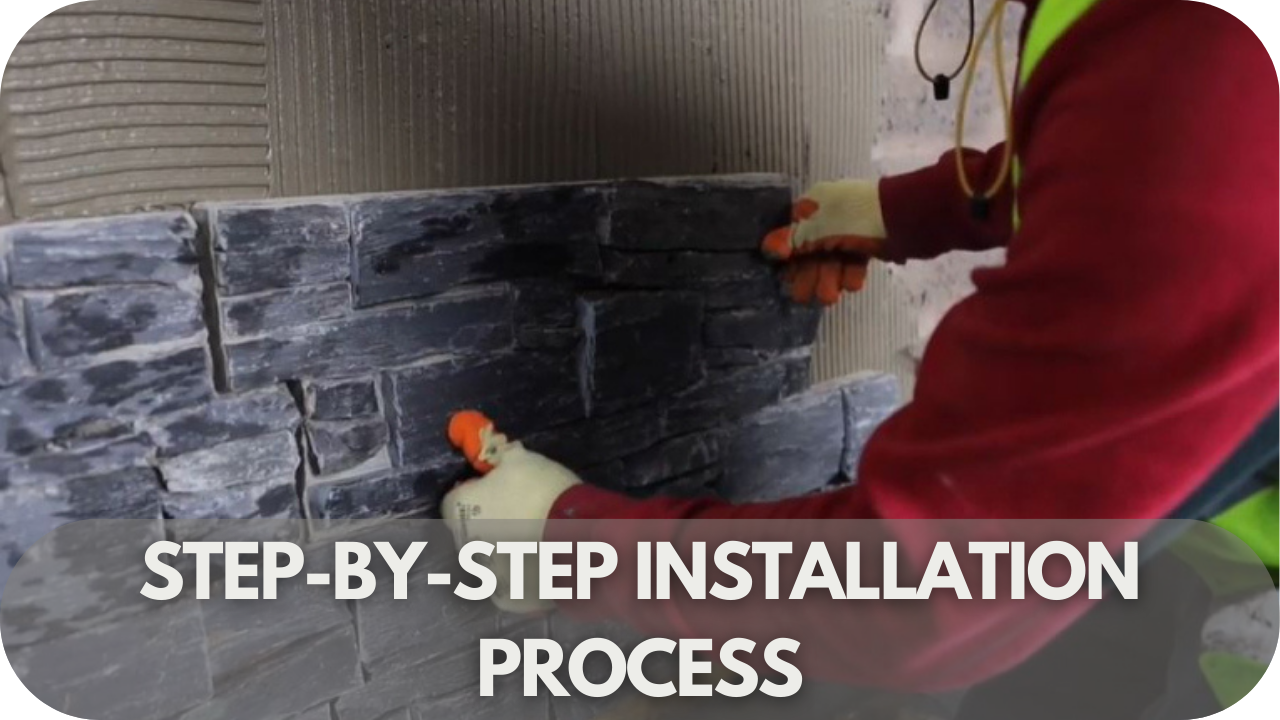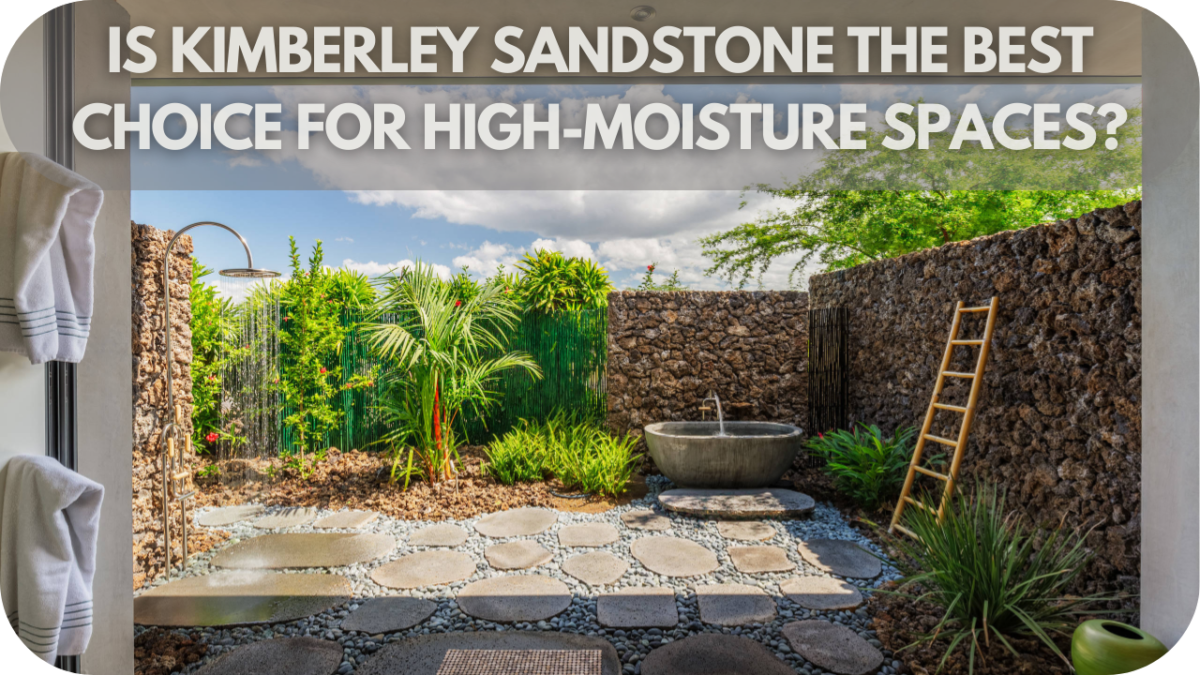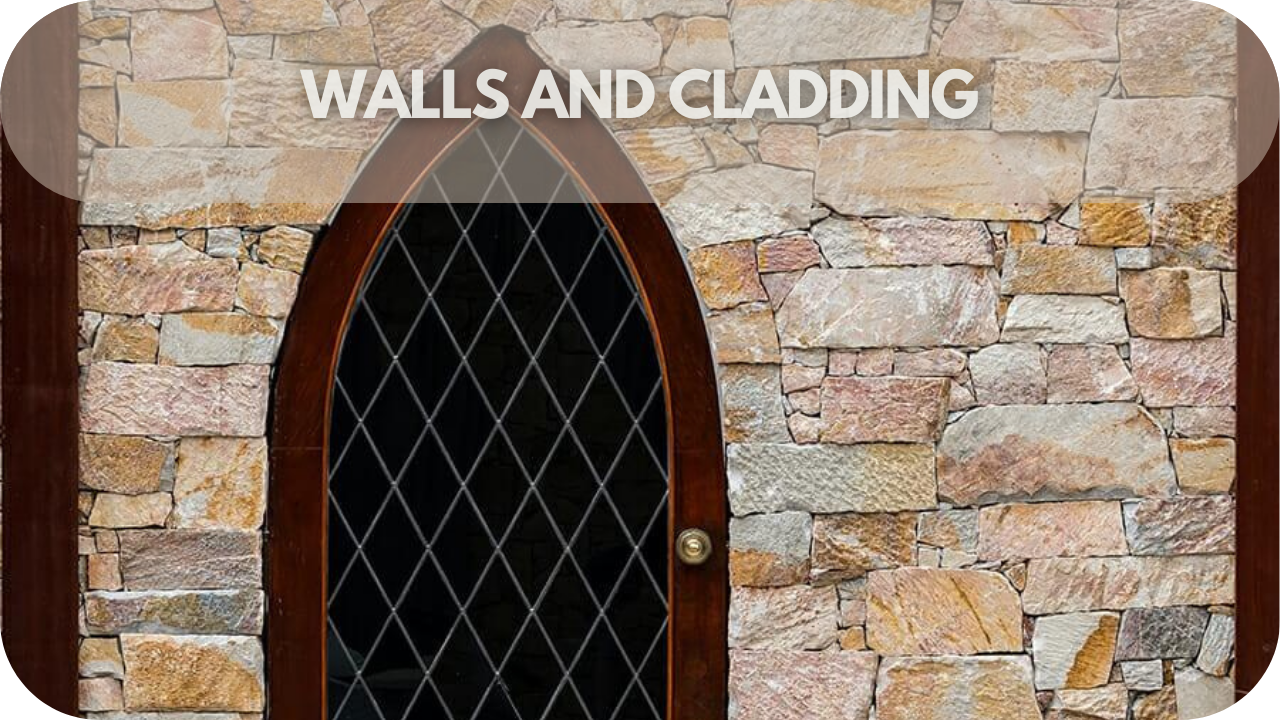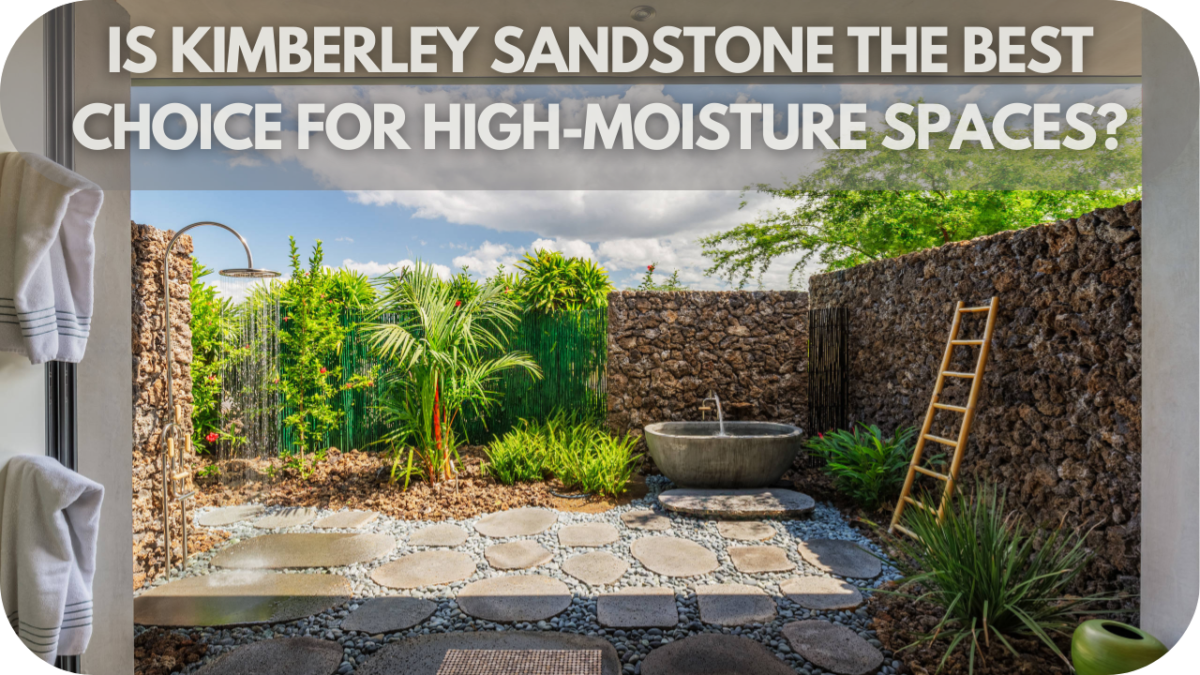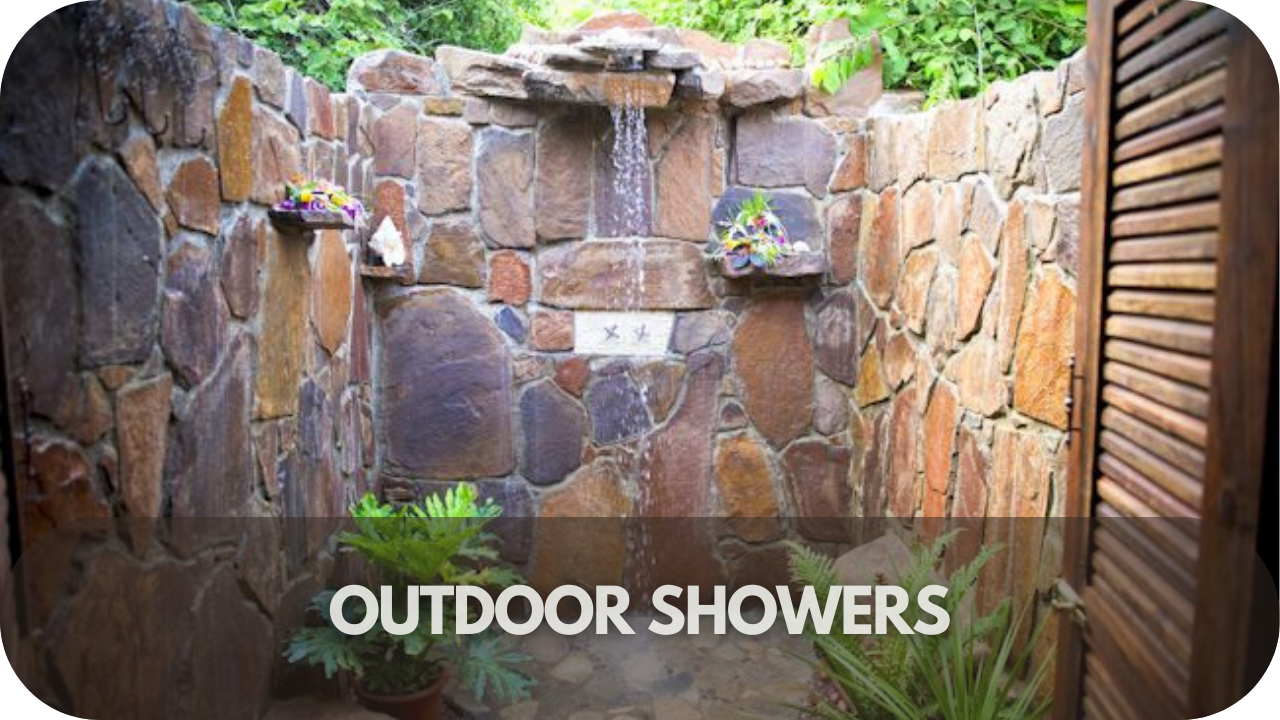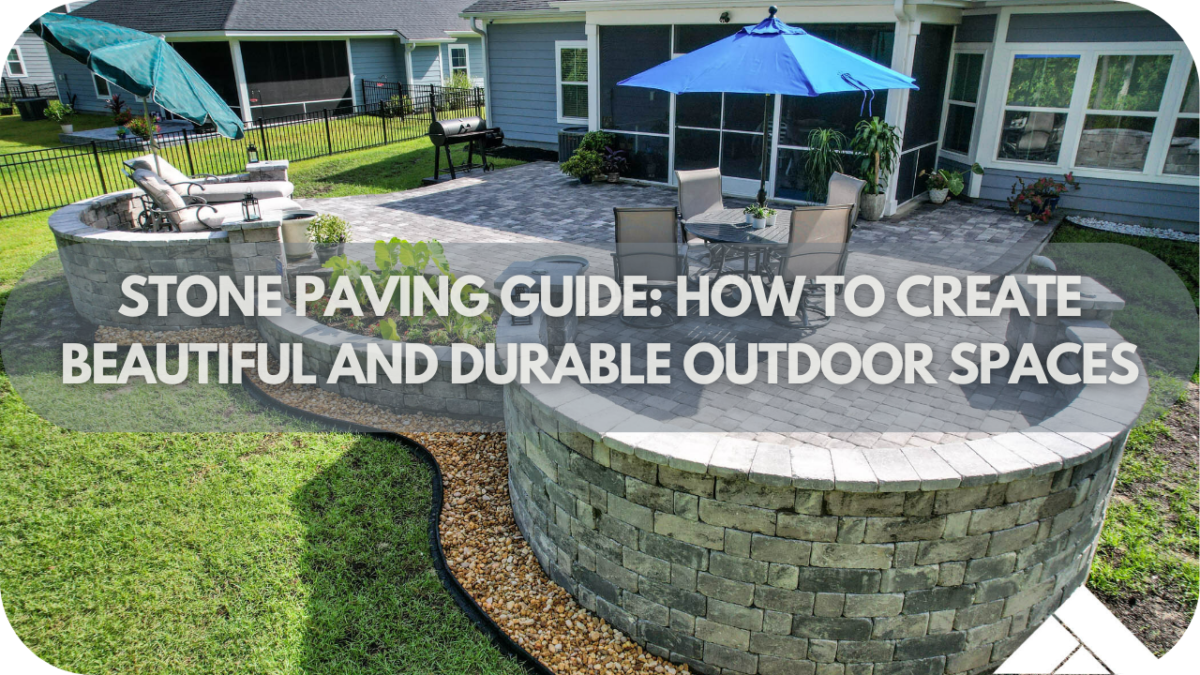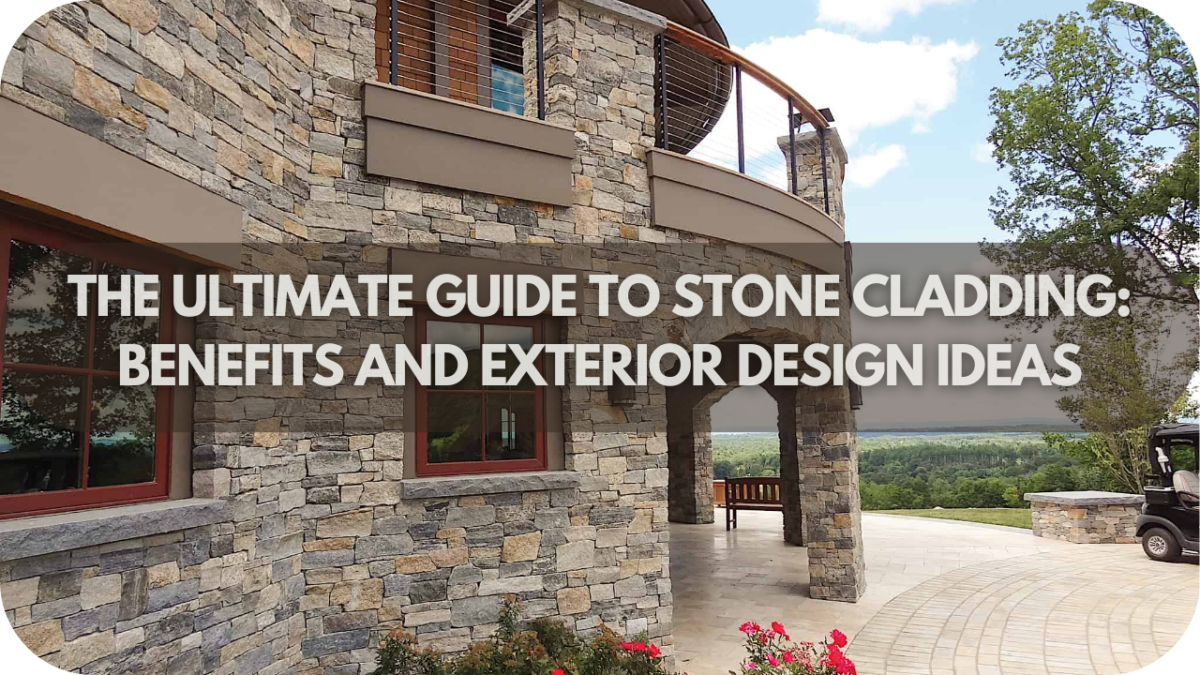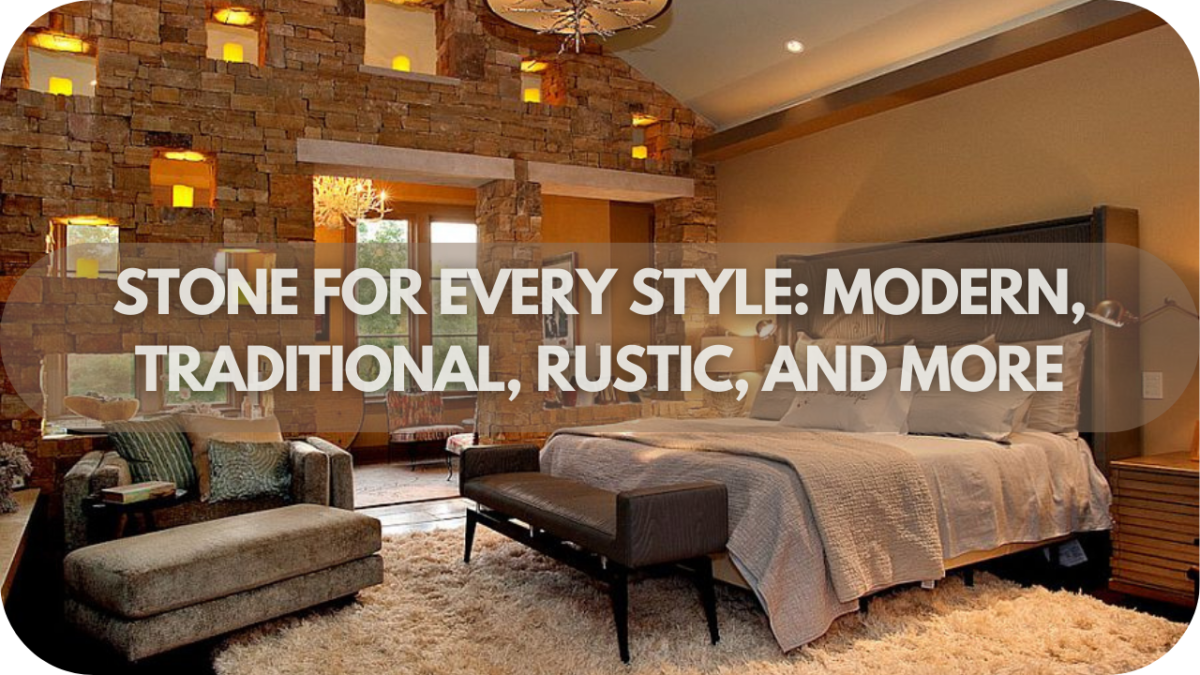Is Tuscano Limestone Easy to Maintain?
Tuscano Limestone has become a favourite among homeowners and designers for its timeless beauty and natural charm. Whether used for flooring, countertops, or outdoor spaces, its warm tones and durability make it a sought-after choice.
But how easy is it to maintain? If you’re considering Tuscano Limestone for your home or project, understanding its care requirements is crucial.
This guide delves into everything you need to know to keep your limestone looking its best with minimal effort.
Is Tuscano Limestone Easy to Maintain?
Tuscano Limestone is easy to maintain with proper care. Its natural resistance to stains and scratches makes it ideal for busy spaces. Regular sweeping and mopping with a pH-neutral cleaner keep it spotless while sealing every 1–2 years enhances durability. Avoid acidic or abrasive cleaners to preserve their finish. Whether used indoors or outdoors, Tuscano Limestone combines beauty and practicality, offering long-lasting appeal.
Key Maintenance Features of Tuscano Limestone

Durable and versatile, Tuscano Limestone combines beauty and practicality, making it a favourite for homes and commercial spaces.
1. Natural Resistance to Stains and Scratches
Tuscano Limestone is renowned for its natural resilience against stains and scratches, making it an excellent choice for high-traffic areas. Unlike more delicate materials, it handles daily wear with ease, maintaining its elegant appearance over time.
Proper sealing further enhances its durability, ensuring that spills and dirt don’t penetrate the surface. This resistance makes it particularly suitable for households with pets or children, where accidental messes are common.
Whether installed in kitchens, hallways, or living spaces, Tuscano Limestone offers a reliable, low-maintenance option that retains its charm even with frequent use.
2. Simple Cleaning Requirements
Maintaining Tuscano Limestone requires minimal effort, thanks to its forgiving nature. Regular sweeping or vacuuming removes dirt and debris that could scratch the surface. A weekly mop with a damp cloth and a pH-neutral cleaner ensures the stone stays spotless without damaging its finish.
Avoid acidic or abrasive cleaners, as they can dull the surface. Spills should be wiped immediately to prevent potential staining. This straightforward routine not only preserves the limestone’s appearance but also keeps it hygienic and inviting for years to come.
3. Performance in Indoor and Outdoor Spaces
Tuscano Limestone excels in various settings due to its ability to withstand temperature changes and moisture. Indoors, it enhances flooring, countertops, and walls with its timeless aesthetic.
Outdoors, its durability against weathering makes it a favourite for patios, pathways, and pool surrounds. However, periodic sealing is essential to protect the stone from the elements and maintain its finish.
This adaptability makes Tuscano Limestone a versatile material, offering a seamless transition between indoor and outdoor designs while ensuring long-term value.
Tips for Maintaining Tuscano Limestone

Keeping Tuscano Limestone looking its best is simple with the right care. These essential tips will help preserve its beauty and durability.
1. Use the Right Cleaning Products
To maintain the integrity of Tuscano Limestone, always choose pH-neutral cleaners specifically designed for natural stone. Acidic or abrasive products can strip the surface, causing permanent damage or dulling the finish.
Harsh chemicals like vinegar, bleach, or ammonia should be avoided at all costs. Instead, opt for stone-friendly cleaning solutions that are gentle yet effective.
A soft microfiber cloth or mop works best for application, ensuring no scratches or residue are left behind. This simple choice makes a significant difference in preserving the stone’s natural charm.
2. Adopt a Regular Cleaning Routine
A consistent cleaning routine keeps Tuscano Limestone spotless and long-lasting. Sweeping or vacuuming regularly prevents dirt from scratching the surface. Mopping once a week with warm water and a mild stone cleaner maintains its natural shine without harming the finish.
Spills should be wiped up immediately to avoid stains. Use a soft, damp cloth or absorbent towel to tackle liquid messes promptly. By establishing these habits, you’ll keep your limestone looking flawless with minimal effort.
3. Seal for Long-Term Protection
Sealing is one of the most crucial steps in maintaining Tuscano Limestone. A high-quality impregnating sealant creates a protective barrier against stains and moisture, ensuring the stone stays durable and resistant to wear.
It’s recommended to reseal every 12–24 months, depending on the level of use and exposure. Before sealing, ensure the surface is thoroughly cleaned and dry for the best results. This extra layer of protection not only enhances the stone’s longevity but also reduces the risk of costly damage.
4. Prevent Scratches
Tuscano Limestone’s surface can stay smooth and unblemished with preventive measures. Placing mats or rugs in high-traffic areas, especially near entrances, helps reduce dirt and grit.
Felt pads under furniture legs prevent scratches during movement. When rearranging heavy items, lift rather than drag them across the surface. These simple precautions go a long way in preserving the stone’s appearance, making it a durable and stylish feature in any space.
Common Challenges and How to Address Them

Although Tuscano Limestone is durable and low-maintenance, addressing potential challenges promptly is key to preserving its beauty and functionality.
1. Stains and How to Handle Them
Stains are one of the most common issues with Tuscano Limestone, especially from liquids like wine, coffee, or oil. The porous nature of the stone can cause these substances to seep in, leaving marks.
To prevent permanent staining, always blot spills immediately with a soft cloth—don’t rub, as this can spread the stain. For stubborn stains, use a stone-safe stain remover designed for natural stone surfaces.
In cases where stains have deeply penetrated the stone, a poultice can draw out the residue. Regular sealing significantly reduces the likelihood of stains, offering an extra layer of protection against everyday messes.
2. Etching and Surface Dulling
Etching occurs when acidic substances like vinegar, citrus, or harsh cleaners dull the stone’s finish. While sealing reduces the impact of etching, it doesn’t make the surface completely impervious.
The best way to avoid this issue is by immediately cleaning up acidic spills and avoiding abrasive or acidic cleaning products. If etching has already occurred, professional polishing may be necessary to restore the stone’s smooth finish.
Polishing not only repairs the damage but also brings back the stone’s natural lustre, ensuring it looks as good as new.
3. Outdoor Challenges: Weathering and Moss Growth
For outdoor applications, weathering and moss growth can affect the stone’s appearance over time. Exposure to rain, sun, and temperature changes can cause the surface to fade or wear unevenly.
Moss and algae can develop in damp areas, especially if the stone isn’t regularly cleaned. To address these issues, clean the surface with a pressure washer or a natural stone-safe outdoor cleaner.
Sealing the stone adds another layer of protection against moisture and weathering, prolonging its lifespan. Regular maintenance ensures your outdoor Tuscano Limestone stays in excellent condition despite exposure to the elements.
Cost-Effectiveness of Maintaining Tuscano Limestone

Tuscano limestone is a cost-effective choice for homeowners and businesses due to its low maintenance needs and long lifespan. While the upfront cost of installation may be higher than some materials, the long-term savings make it a smart investment. With regular cleaning and proper sealing, this natural stone resists stains, moisture, and wear, reducing the need for costly repairs.
Maintenance costs mainly include periodic sealing, which protects the stone from damage. Sealant application every 1–2 years helps prevent water absorption and staining, keeping the surface looking fresh. Routine cleaning with mild soap and water avoids the need for expensive chemical treatments.
Unlike some flooring options that require frequent polishing or refinishing, Tuscano limestone maintains its beauty with minimal effort.
If damage does occur, individual tiles or slabs can be replaced without the need for a full renovation, making repairs affordable. Additionally, its durability means fewer replacements over time compared to softer materials.
Conclusion
Tuscano Limestone is not only beautiful but also practical and easy to care for when proper steps are taken. Its resistance to wear, versatility, and timeless elegance make it an excellent choice for any space. With regular cleaning, sealing, and a little attention to potential challenges, maintaining this natural stone becomes a breeze.
Ready to transform your space with the enduring beauty of Tuscano Limestone? Contact splendour in stone today and enjoy the perfect blend of style and functionality.


